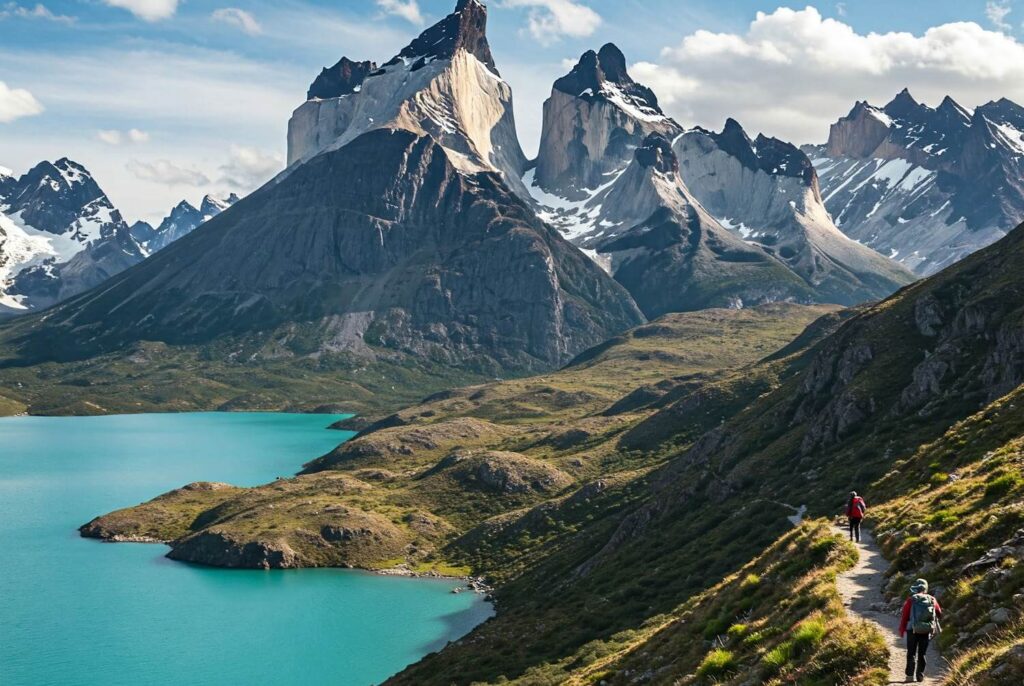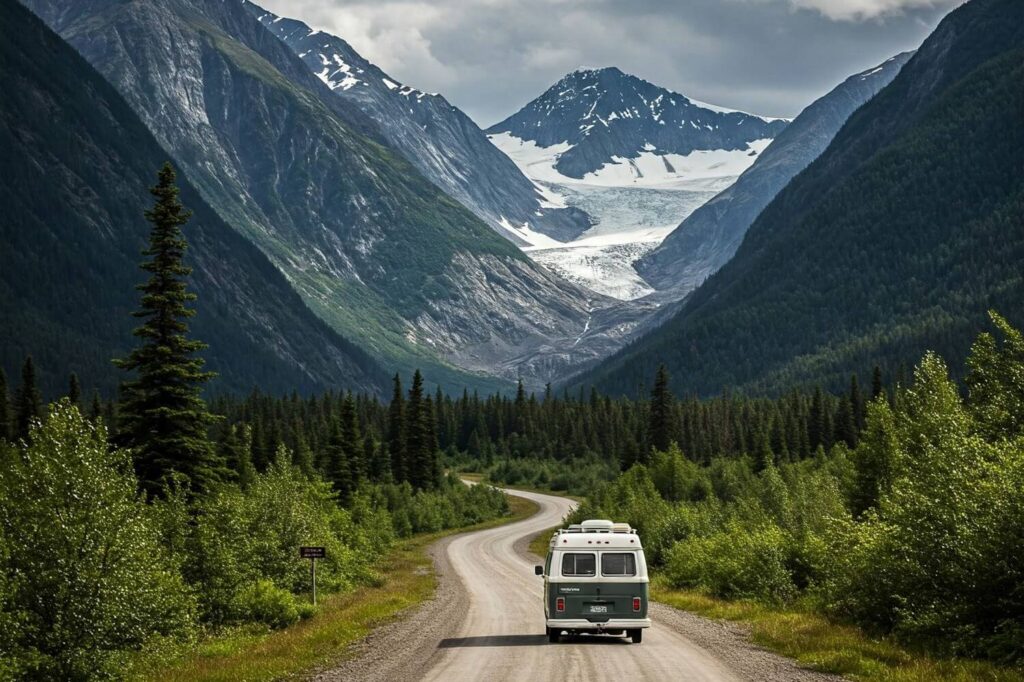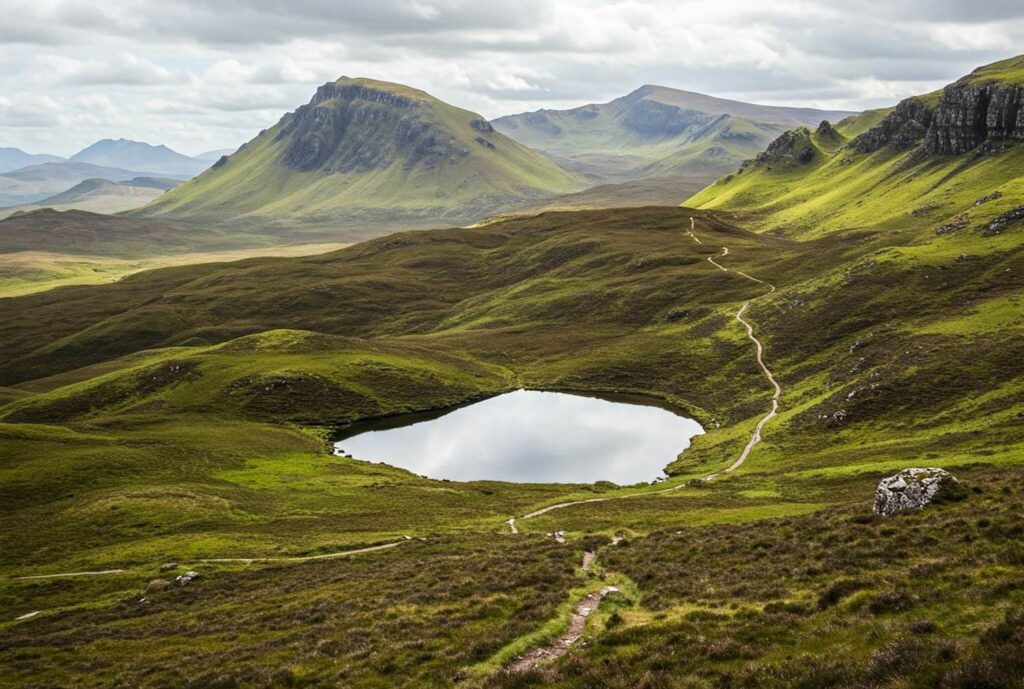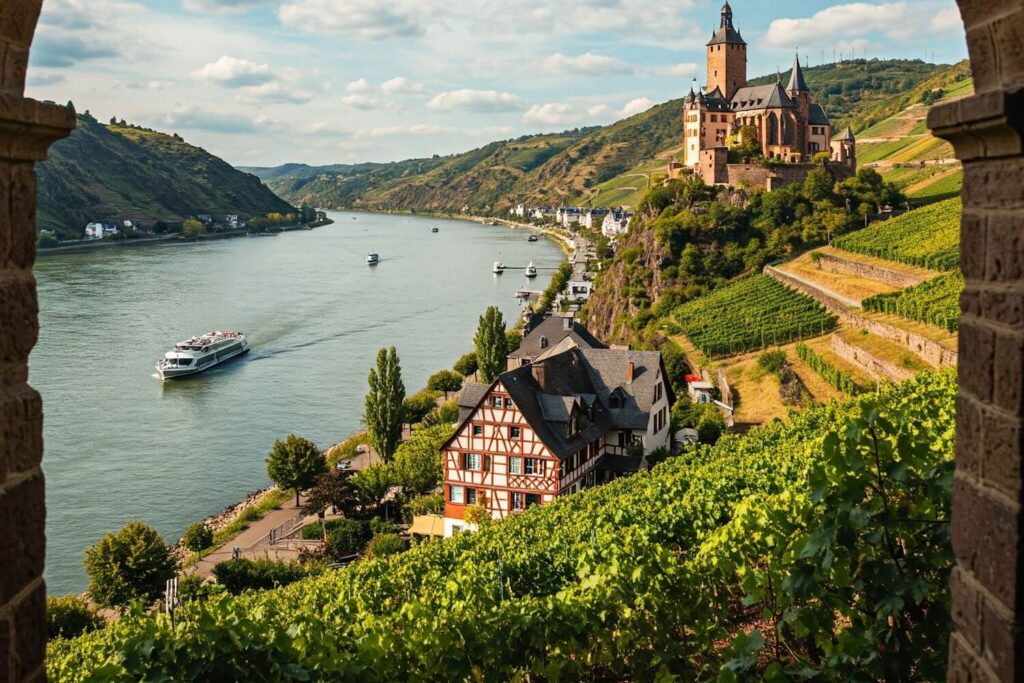Introduction to the W Trek
The W Trek, situated within the majestic Torres del Paine National Park in Chilean Patagonia, is a remarkable hiking experience that attracts outdoor enthusiasts from around the globe. This famous trek derives its name from the distinctive letter “W,” formed by the trail’s unique route, which guides trekkers through some of the park’s most breathtaking landscapes. Covering approximately 75 kilometers, the W Trek showcases an array of stunning geological formations, steep mountains, and glacial lakes, making it a premier destination for adventurers and nature lovers alike.
One of the primary draws of the W Trek is its diverse ecosystems, which range from arid steppe to lush valleys and glacial regions. Each segment of the hike offers distinct flora and fauna, allowing trekkers to experience the vibrant biodiversity of the region. As trekkers navigate through the park, they are treated to panoramic views of iconic landmarks such as the Towers of Paine, the French Valley, and the Grey Glacier, solidifying the trek’s reputation as a bucket-list adventure.
The popularity of the W Trek can be attributed not only to its awe-inspiring vistas but also to its accessibility. The well-marked paths and various accommodation options, ranging from basic campsites to comfortable refugios, cater to different preferences and skill levels, making it suitable for both novice and experienced trekkers. The combination of stunning scenery, varied trekking experiences, and the opportunity to witness Patagonia’s remarkable wildlife truly makes the W Trek an unforgettable journey. Enthusiasts who embark on this five-day adventure will undoubtedly leave with lasting memories of this spectacular region.
Preparing for Your Trek
Embarking on the W Trek in Patagonia requires thorough preparation to ensure a safe and enjoyable experience. One of the first steps in planning your adventure is to obtain the necessary permits for trekking in Torres del Paine National Park. These permits are crucial as they regulate the number of hikers on the trails, helping to preserve the natural environment. It is advisable to secure your permits well in advance, especially during the peak trekking season, which runs from late October to early April. This period offers the best weather for trekking, with milder temperatures and longer daylight hours.
Understanding the best travel times is essential for maximizing your experience on the trail. While the summer months provide the most favorable weather conditions, they can also attract larger crowds. Therefore, some trekkers may prefer to visit during the shoulder seasons, like October or early April, when the trails are less busy, albeit at the risk of encountering unpredictable weather. It is advisable to consult weather forecasts and be prepared for sudden changes in conditions, as Patagonia’s weather is known for its variability.
Choosing the correct gear is pivotal to your success on the W Trek. Key items to include in your packing list are a sturdy pair of trekking boots, weather-resistant clothing, a reliable backpack, and a sleeping bag rated for low temperatures. Additionally, necessary hiking equipment such as trekking poles and a first-aid kit should be included. Investing in quality gear not only enhances comfort but also promotes safety during the trek.
Finally, physical fitness plays a critical role in preparing for the W Trek. Hikers are encouraged to engage in cardiovascular training and strength exercises in the weeks leading up to their trek. Gradually increasing the intensity of training, including hiking on varied terrain, can help build endurance and confidence. This preparation will not only enhance your trekking experience but also enable you to navigate the diverse and challenging landscapes of Patagonia effectively.
Day 1: Puerto Natales to Refugio Torre Central
Embarking on the W Trek in Patagonia begins in the charming town of Puerto Natales, a hub for adventurers eager to explore the stunning landscapes of Torres del Paine National Park. The initial journey from Puerto Natales to Refugio Torre Central sets the stage for the remarkable experiences anticipated on this trek. Covering approximately 13 kilometers, this first day is primarily a gentle ascent, allowing trekkers to acclimate to the varying altitude while enjoying the breathtaking surroundings.
Upon departure from Puerto Natales, hikers will typically arrange transportation to the park entrance, a journey that takes about two hours. Travelers often opt for shuttle services or guided tours, both of which offer a scenic drive through the mesmerizing Chilean countryside. As one approaches the park, anticipation builds while the majestic peaks of Torres del Paine come into view, signaling the adventure ahead.
The trek toward Refugio Torre Central offers numerous highlights. Notable among them is the panoramic view of the iconic horns of the Cuernos del Paine, which soar into the sky with striking granite formations. Throughout the day, hikers will traverse various terrains, providing an intriguing mix of lush valleys and rocky paths. An essential aspect of this trek is the diverse wildlife; keep an eye out for guanacos, foxes, and an array of bird species that call this region home.
Upon reaching Refugio Torre Central, trekkers will find comfortable accommodations and essential amenities, including meals that showcase local cuisine. It is advisable to make reservations in advance due to the popularity of this refuge. With the first day’s trek complete, adventurers can take a moment to relax and soak in the surrounding landscapes, laying the groundwork for the upcoming challenges of the W Trek.
Day 2: Refugio Torre Central to Refugio Los Cuernos
On the second day of the W Trek in Patagonia, adventurers will journey from Refugio Torre Central to Refugio Los Cuernos, covering approximately 21 kilometers. This section of the trek offers a captivating blend of stunning landscapes, diverse flora and fauna, and striking geological formations, making it a highlight for many trekkers.
Departing from Torre Central, trekkers will traverse a moderately challenging path that features significant elevation changes. The initial ascent leads through lush forests before revealing sweeping views of the iconic peaks that dot the Torres del Paine National Park. The first major landmark along the route is the impressive Lago Torre, where trekkers can catch a glimpse of the glacier-fed water that reflects the surrounding mountains.
The trail then descends towards the beautiful Lago Sucia, nestled against the backdrop of Torre massif. This serene area is an excellent spot for a brief rest, allowing trekkers to refuel and recharge while absorbing the tranquil beauty of their surroundings. On clear days, the reflection of the towering granite walls can be seen on the lake’s surface, providing perfect photo opportunities.
After departing from Lago Sucia, the route becomes more rugged, leading to the final stretch towards Refugio Los Cuernos. Here, trekkers will experience a mix of elevated viewpoints and forested pathways, with notable shifts in terrain as five distinct elevations must be navigated. As you approach the refugio, the breathtaking sight of the Cuernos del Paine, with their distinct black and white striations, dominates the skyline. It is advisable to maintain energy reserves throughout the trek, as the last stretch can be physically demanding.
For this day, a suggested packing list might include ample water, high-energy snacks, a rain jacket, and a first aid kit. Trekking poles are also advantageous when navigating the steep inclines and declines. Proper preparation will ensure an enjoyable and memorable experience as you conclude the day’s trek at Refugio Los Cuernos.
Day 3: Refugio Los Cuernos to Refugio Paine Grande
Embarking on Day 3 of the W Trek from Refugio Los Cuernos to Refugio Paine Grande is an exhilarating experience that showcases the stunning beauty of Patagonia. This section of the trek covers approximately 12 kilometers and is marked by diverse landscapes, which range from winding forest trails to open, rugged terrains that promise breathtaking panoramic views. As trekkers move forward, they should be prepared for both the physical challenges of the trail and the unpredictable weather common in this region.
The path begins with a gradual ascent through mixed forests populated by lenga and coihue trees, offering an immersive experience in Patagonia’s rich flora. As you advance, the terrain shifts to rocky sections where careful foot placement is essential. The shift from wooded areas to open spaces reveals magnificent views of the iconic Cuernos del Paine, which emerges majestically in the distance. These geological formations are not just a visual treat; they also serve as a key landmark to navigate the trail.
Water sources are available on this segment; trekkers can refill at several streams, particularly around the midway point. However, it is crucial to carry enough water during the ascent since access points may become less frequent. Meal preparation can be conducted at Refugio Paine Grande, which boasts dining facilities. Nevertheless, packing snacks for the trail is advisable to stay energized throughout the journey.
While the trek provides scenic views and moments of respite, trekkers should remain vigilant about potential hazards, including loose rocks and sudden weather changes. Proper footwear and weather-appropriate clothing are essential to ensure safety and enjoyment. Overall, this day’s trek lays the groundwork for the subsequent adventures and scenic encounters within Torres del Paine National Park.
Day Hike to the Base of the Towers
The fourth day of the W Trek is marked by an exhilarating day hike to the Base of the Towers, a highlight of the trekking adventure in Patagonia. This demanding trek leads adventurers to an incredible viewpoint beneath the iconic Torres del Paine formations, often regarded as the crown jewel of the national park. The trail stretches approximately 8 kilometers one way, with significant elevation gain, making it essential for trekkers to prepare adequately.
Starting from the campsite at Hotel Las Torres, hikers can expect a steady ascent through a lush forest populated with native flora. As the elevation increases, creeks and small waterfalls come into view, providing perfect spots for brief rest stops and stunning photography opportunities. The path is well-marked, though it presents various challenges, particularly with rocky terrain and the potential for inclement weather. It is crucial for trekkers to wear sturdy footwear and dress in layers to accommodate temperature changes.
As trekkers approach the base of the towers, the landscape transforms dramatically. The majestic granite peaks, standing over 2,500 meters tall, emerge from the backdrop, creating a breathtaking sight that can evoke a profound emotional response. The vistas here are nothing short of spectacular, with azure lakes and undulating valleys framing the granite towers. This moment, where hikers witness the grandeur of nature’s formations, encapsulates the essence of the Patagonia experience.
For those keen on capturing this breathtaking scene, an early start is advisable to reach the viewpoint before the midday sun alters the lighting conditions. Photographers should also consider bringing a wide-angle lens to fully capture the iconic towers alongside the dramatic sky. Trekking to the Base of the Towers is not only a physical challenge but a transcendent journey that leaves a lasting impression on those fortunate enough to experience its beauty.
Day 5: Refugio Paine Grande to Grey Glacier
The final leg of the W Trek culminates with an unforgettable journey from Refugio Paine Grande to Grey Glacier, one of the most stunning highlights in Torres del Paine National Park. This section of the trek requires a well-prepared mindset and physical readiness, as the stunning views along the way demand both attention and appreciation. The path leads adventurers through lush forests, past serene lakes, and offers unrivaled glimpses of the majestic Andes mountains.
The trek begins with a moderate ascent, allowing trekkers to gradually take in the expansive landscape. Along the way, hikers may encounter diverse wildlife, including guanacos and a variety of bird species. These moments can be particularly rewarding, adding a layer of excitement and spontaneity to the day’s adventure. Being alert to the surroundings enhances the experience, providing chances to capture stunning photographs or simply enjoy nature in its raw state.





